Physical Address
304 North Cardinal St.
Dorchester Center, MA 02124
Chronic angina is a growing worldwide problem with significant economic and societal costs.
By reducing the ischemic burden, percutaneous coronary revascularization provides important clinical benefit in patients with established obstructive coronary artery disease (CAD). The foremost effect is prompt symptom control and improved exercise tolerance. Direct evidence for improvement in survival or definitive reduction of major cardiovascular events is lacking in the broad population of patients with chronic, stable symptomatic CAD. Physiologic assessment of the target coronary lesion is useful to guide decisions regarding revascularization.
Optimal medical therapy (OMT) is an essential component of the successful treatment of patients with established CAD and those at risk.
Along with OMT, management of angina should include lifestyle changes and pharmacotherapy to reduce cardiovascular risk, including those associated with high blood pressure and elevated lipid levels. Smoking cessation, exercise, and diet are effective measures to reduce cardiovascular risk in this population.
Patients at elevated risk for adverse events—including those with left ventricular dysfunction, chronic kidney disease, diabetes mellitus, and an extensive ischemic burden—have greater potential for measurable prognostic benefit with revascularization in addition to OMT.
Angina pectoris, caused by episodes of transient myocardial ischemia, is the dominant symptom of chronic ischemic heart disease. It affects approximately 9 million of the 16.3 million people with a diagnosis of coronary artery disease (CAD) in the United States, with 500,000 new cases of angina occurring every year ( Figs. 18.1 and 18.2 ). In combating this disease, U.S. physicians performed an estimated 6.8 million inpatient cardiovascular procedures in 2007, an increase of 27% over the previous decade, including approximately 622,000 percutaneous coronary revascularization procedures. Despite this measurable success in addressing established disease, the incidence and costs associated with symptomatic CAD continue to grow throughout the world and contribute an ever-increasing proportion to the overall morbidity, mortality, and lost economic productivity in both developed and developing regions. Revascularization is intuitively central to the treatment paradigm for CAD. The stable CAD population is a heterogeneous group of patients both for clinical presentations and for different underlying mechanisms. A mismatch between myocardial oxygen supply and demand due to a coronary stenosis is the predominant mechanism implicated in the development of symptoms associated with obstructive CAD. Patients with a fixed coronary atherosclerotic lesion of 50% to 79% diameter obstruction (70% to 90% by cross-sectional area measurement) show myocardial ischemia during increased myocardial metabolic demand as the result of a significant reduction in coronary flow reserve. Revascularization is intuitively pivotal to the treatment paradigm for CAD; when associated with clinical or objective evidence of ischemia, it offers the opportunity of symptom management.
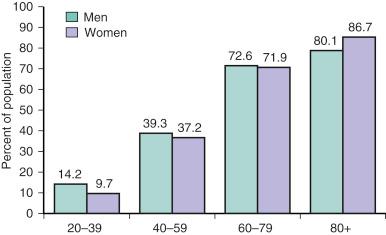
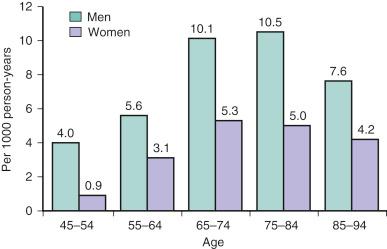
The sphere of patients with symptoms or signs of ischemia is broad and may also include those with abnormal coronary endothelial function, coronary vasospasm, microvascular dysfunction, and even asymptomatic myocardial ischemia. In addition, symptoms reminiscent of ischemic angina may be a manifestation of a noncardiovascular process, such as gastrointestinal, musculoskeletal, or neuropsychiatric pathology—in general, anything from the navel to the nose—whereas other patients, especially women and older adults, may present with symptoms such as fatigue, chronic “soreness,” or dyspnea, which may not be immediately recognized as an expression of cardiovascular disease ( Table 18.1 ).
| nonischemic Cardiovascular |
| Aortic dissection, pericarditis |
| pulmonary |
| Embolus, pneumothorax, pneumonia, pleuritis |
| gastrointestinal |
| Esophageal, esophagitis, spasm, reflux, cholecystitis, choledocholithiasis, cholangitis, peptic ulcer, pancreatitis |
| chest Wall |
| Costochondritis, fibrositis, rib fracture, sternoclavicular arthritis, biliary herpes zoster |
| psychiatric |
| Anxiety, hyperventilation, panic disorder, affective disorders, somatoform disorder |
In addition to the decrease in myocardial blood supply due to increased coronary resistance in large and small coronary arteries, other causal factors of angina include increased extravascular forces, such as severe left ventricular hypertrophy caused by hypertension, aortic stenosis, or hypertrophic cardiomyopathy, reduction in the oxygen-carrying capacity of blood, such as severe anemia, and other processes ( Table 18.2 ). The pattern of clinical presentation of stable angina is also extremely heterogeneous: patients can be symptomatic for stable angina pectoris, or with a history of obstructive or non-CAD, who have become asymptomatic with treatment and need regular follow-up; alternatively symptoms can be described for the first time, with subjects presenting already in a chronic stable condition. The typical episode of angina pectoris starts gradually and reaches its maximum intensity over a time frame of minutes. Angina pectoris is usually aggravated by exertion or emotional stress and is relieved within minutes by rest or nitroglycerin. The location pattern is predominantly substernal and radiation may occur to the neck, jaw, arms, back, or epigastrium. Isolated epigastric discomfort or pain in the lower mandible may rarely be a symptom of myocardial ischemia or fatigue may occur. Individuals with significant ischemia may also remain apparently unaffected by symptoms because of self-regulation of activity, essentially avoiding activities that have previously caused discomfort. Careful attention to individual patient presentation and characteristics, then, is essential for proper diagnostic triage and management. Once recognized, the goals and methods of treatment include reduction in both morbidity and mortality, although anticipated benefits depend on patient characteristics and the treatment modality used.
| Increased Oxygen Demand | Decreased Oxygen Supply |
|---|---|
| noncardiac Conditions | |
|
|
| Cardiac Conditions | |
|
|
Percutaneous revascularization has, as its principal benefit, the relief of angina. Symptom relief is the direct effect of a reduction in ischemic burden, although additional complex factors no doubt play a role, especially in the setting of residual disease or incomplete abrogation of ischemia ( Fig. 18.3 ). Whereas improved survival and reduction of major cardiovascular events are important therapeutic objectives, limited data are available to support a major role for percutaneous revascularization in reducing adverse events in the broader population of patients with stable ischemic coronary disease ( Fig. 18.4 ). A clear survival advantage for revascularization over optimal medical therapy (OMT) in patients undergoing surgical revascularization with coronary artery bypass grafting (CABG) was found to occur in patients at high clinical or anatomical risk, based on location and severity of the lesion, the number of diseased vessels, and the presence of left ventricular dysfunction. Specifically, high-risk features associated with survival benefits following surgical revascularizations include symptomatic triple-vessel disease, concomitant left ventricular dysfunction; survival improvement is possible since the surgical intervention can modify the ischemic burden of a large amount of myocardium supplied by the diseased vessel(s) or the significant associated underlying left ventricular dysfunction. The survival advantage of revascularization strategies over OMT in patients with CAD and reduced ejection fraction has been confirmed in a recent meta-analysis of current evidence ( Fig. 18.5 ).
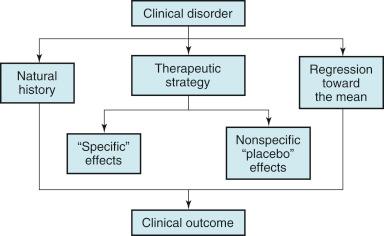
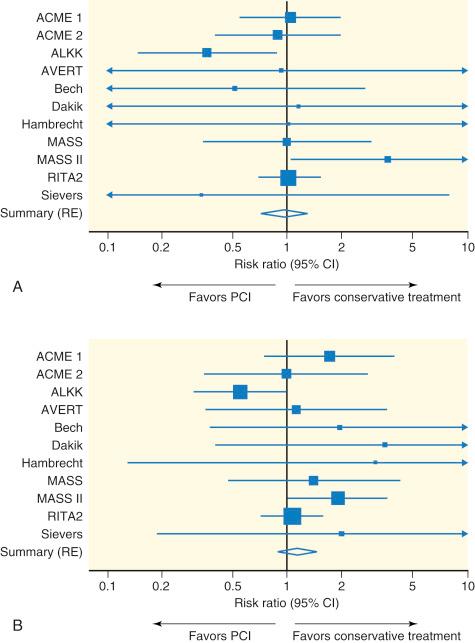
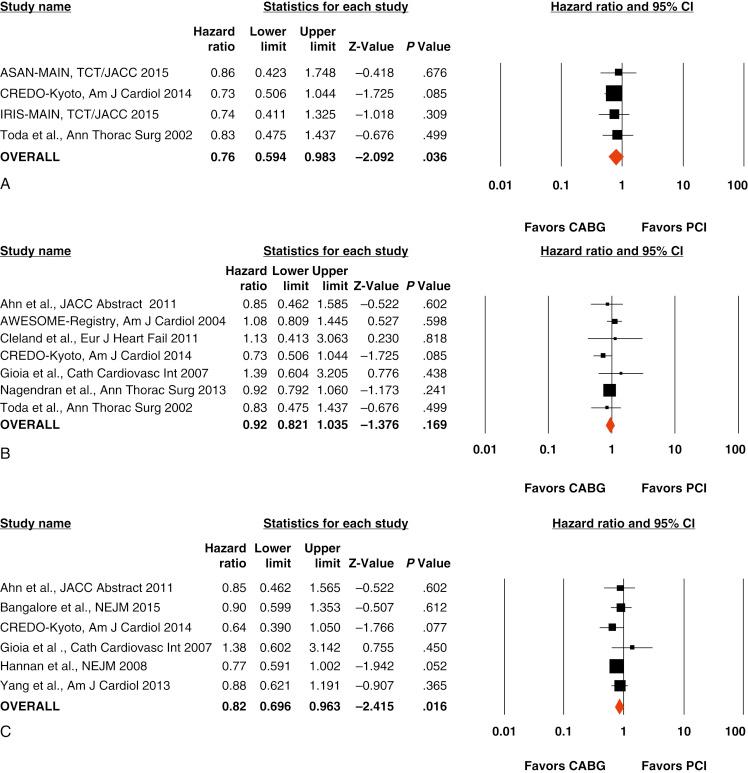
The principles and practice of modern coronary revascularization strategies are rooted in the conduct and results of studies performed in the 1970s and 1980s. These historic investigations set the framework for our current understanding of the role of both surgical and percutaneous coronary intervention (PCI) in the treatment armamentarium of chronic symptomatic ischemic CAD. Whereas these studies provided important insight into the outcome of revascularization and medical therapy using the methodology of the time, great strides have subsequently been made in all areas of treatment, thus decreasing the applicability of these trials to guide therapy in the prevailing health care environment. Today, OMT has been clearly established as the cornerstone of treatment for CAD. The impact of medical therapy has grown with the introduction of advanced antiplatelet therapy, statins, and angiotensin-converting enzyme (ACE) and receptor inhibition, among other established and evolving therapies, such as ranolazine, which diminishes myocardial ischemia by reducing calcium overload caused by inhibition of the late sodium current. Indeed, correct application of evidence-based therapy has had important societal health implications, with a resultant measurable reduction in adverse cardiac events over the past several decades. Although appropriate revascularization in patients with chronic angina contributed an estimated 5% to this observed reduction in cardiac mortality between 1980 and 2002, a much larger 50% of the total reduction is attributed to improvement in the risk-factor profiles of those populations in jeopardy, largely thanks to improved agents and the greater application of this medical therapy. Whereas PCI is an important adjunct for symptom control and has established value in reducing both subsequent morbidity and mortality after acute coronary syndromes (ACSs), both PCI and surgical revascularization are not curative, and lesion progression accounts for significant recurrent morbidity. Recent studies demonstrate the impact of lesion progression and the need for aggressive concomitant medical therapy in the setting of PCI. Park and colleagues retrospectively studied 507 patients who underwent PCI and found that 16% of them underwent clinically driven repeat PCI to treat preexisting nonculprit coronary lesions during the 3-year study period. During the first year after initial PCI, 7.7% of patients in this cohort underwent nonculprit lesion PCI, with the rate increasing to 16% at 3 years. Greater extent of disease, as manifest by a larger baseline number of significant coronary lesions, independently predicted repeat PCI (odds ratio [OR], 2.29; 95% confidence interval [CI] 1.5 to 3.5; P < .001), as did the baseline risk factors of low levels of high-density lipoprotein (<40 mg/dL; OR, 2.01; 95% CI 1.01 to 3.98; P = .046), hypercholesterolemia (total cholesterol >200 mg/dL; OR, 1.46; 95% CI 1.22 to 1.97; P = .04), history of PCI (OR, 1.24; 95% CI 1.09 to 1.60; P = .003), and increased triglyceride levels (OR, 1.003; 95% CI 1.001 to 1.007; P = .038). An additional natural history study of patients who underwent intravascular ultrasound evaluation after PCI for an ACS found that fully one-half of major subsequent adverse events at 3 years occurred at nonculprit sites. OMT is complimentary to revascularization with either PCI or CABG; however, it is still underused, particularly after CABG. In the Euro Heart Survey, a significant number of patients with chronic stable angina, managed medically or invasively, were not on OMT, and this was related to worse outcomes. A post hoc analysis of the SYNergy between percutaneous coronary intervention with TAXus and cardiac surgery (SYNTAX) trial has shown that prescription of OMT (combination of at least one antiplatelet drug, statin, β-blocker and ACE inhibitor) was only 41% at the time of discharge after revascularization (PCI or CABG), and at 5 years only one-third patients in both treatment groups were taking OMT (PCI 40% and CABG 36%). Adequate medical therapy and risk modification are essential in the periinterventional and postinterventional setting to reduce subsequent mortality and morbidity, including symptom recurrence and the need for repeat procedures associated with lesion progression and new lesion development.
Become a Clinical Tree membership for Full access and enjoy Unlimited articles
If you are a member. Log in here